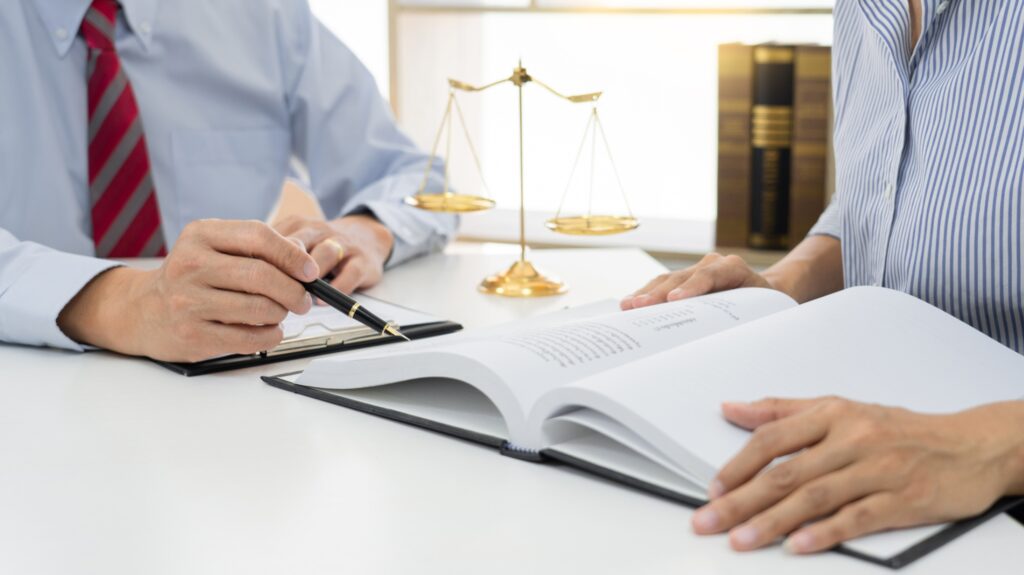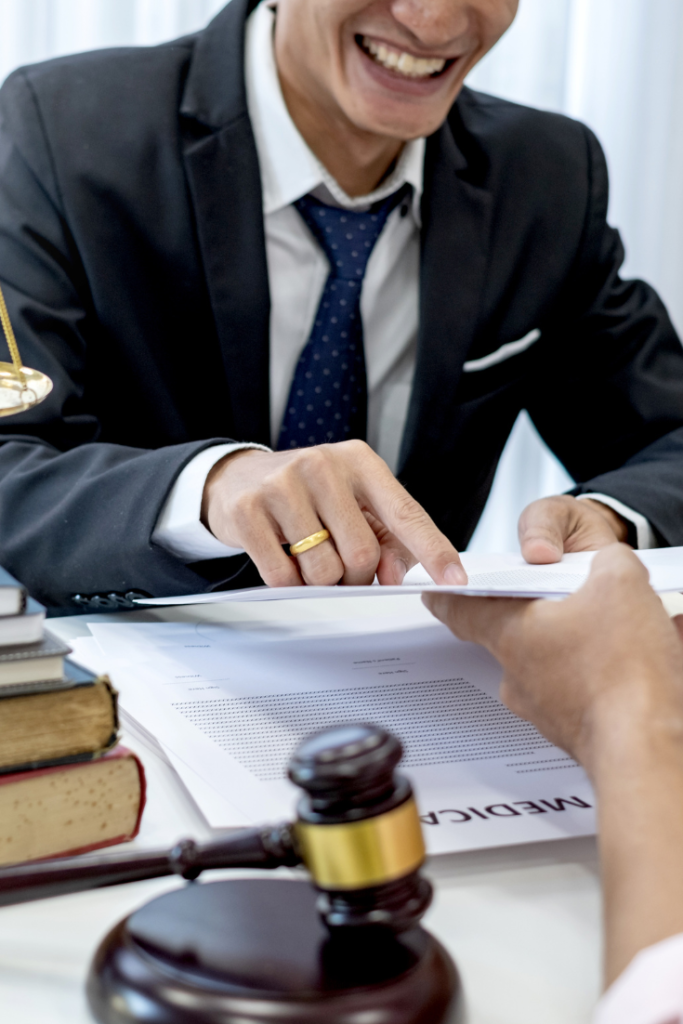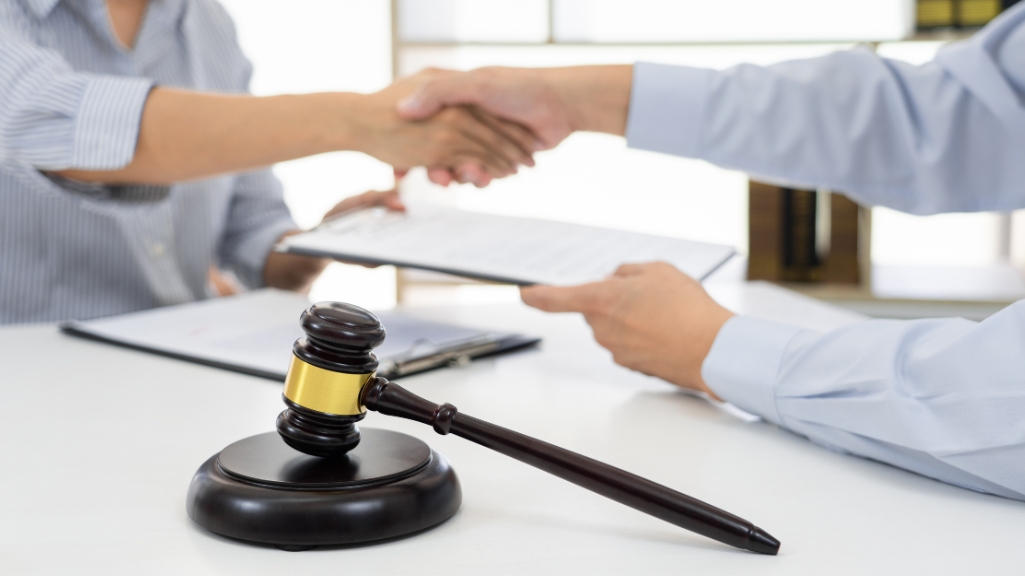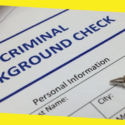Shane Shuma Shares His Insight on Effective Communication Between Paralegals and Attorneys

In a legal setting such as a law firm, where attorneys and support staff work together to manage complex cases, effective communication is an essential component driving the success of operations.
The legal field, characterized by its complexity and high stakes, demands a seamless flow of information, clarity in instructions, and precision in conveying legal nuances. At the heart of this communication matrix are paralegals and attorneys, professionals whose collaboration is fundamental to efficient case management and the achievement of optimal outcomes for clients.
Paralegals, with their detailed-oriented approach, play a pivotal role in supporting attorneys through research, document preparation, and organization of case materials. Attorneys rely on this support to make informed decisions, strategize, and effectively represent their clients in various legal matters. The synergy between these roles, when supported by effective communication, significantly influences the course and success of legal proceedings.
Trained paralegal and seasoned customer service manager, Shane Shuma lends his unique insights to exploring effective communication between attorneys and paralegals. By addressing common communication challenges and proposing practical solutions, Shuma lays out strategies to foster a more collaborative, efficient, and successful legal practice environment.
Contents
ToggleUnderstanding Roles and Responsibilities
The interplay between paralegals and attorneys is fundamental to the efficiency and success of a law firm.
“To foster effective communication between attorneys and paralegals, it is essential to first delineate and understand the distinct roles and responsibilities that each party brings to the table,” says Shane Shuma. “This understanding not only clarifies expectations but also sets the stage for more efficient and collaborative work processes.”
Paralegals, often regarded as the backbone of legal support, undertake a myriad of tasks that are crucial for the smooth functioning of legal operations. Their responsibilities typically include conducting legal research, drafting documents, organizing case files, and managing schedules. Paralegals are adept at gathering facts, preparing legal briefs, and assisting attorneys in trial preparation. Their role demands a keen eye for detail, exceptional organizational skills, and a comprehensive understanding of legal procedures and terminology. By handling these pivotal tasks, paralegals enable attorneys to focus more on the strategic aspects of cases.
Attorneys, on the other hand, carry the responsibility of legal representation and decision-making. Their roles involve advising clients, interpreting laws, and advocating on behalf of clients in court. Attorneys rely on the groundwork laid by paralegals to build their cases. They are responsible for developing legal strategies, presenting cases in court, and providing legal counsel. The role of an attorney is not only to navigate the complexities of the law but also to make informed decisions based on the research and support provided by paralegals.
The Interplay of Roles for Effective Communication
Understanding these roles is vital for fostering effective communication. When paralegals are aware of the broader context in which attorneys operate, they can tailor their support to be more aligned with the attorneys’ strategic needs. Conversely, when attorneys recognize the extent of paralegals’ contributions, they can provide clearer instructions and feedback, facilitating a more productive working relationship. This mutual recognition helps in forming a cohesive unit where each member’s work complements the other.
Clarity in roles and responsibilities is a critical factor in preventing misunderstandings. Miscommunication often arises from unclear expectations or a lack of understanding of each other’s roles. By clearly defining what is expected from each position, both paralegals and attorneys can operate more effectively. For instance, if a paralegal is uncertain about the extent of research required for a case, it may lead to insufficient preparation. Similarly, if an attorney assumes a paralegal has knowledge of a specific legal procedure without proper communication, it may result in errors or delays.
Role clarity also extends to understanding the limitations of each position. Paralegals, for example, are not licensed to practice law and thus cannot perform certain legal tasks such as giving legal advice or representing clients in court. Respecting these boundaries is crucial for maintaining legal ethics and ensuring the integrity of the legal process. Effective communication, grounded in a clear understanding of roles and responsibilities, directly impacts workflow efficiency. Regular meetings, clear directives, and open lines of communication are key. This level of coordination helps in prioritizing tasks, managing time effectively, and ultimately contributes to a more streamlined and successful legal practice.

Communication Techniques and Strategies
Effective communication between paralegals and attorneys is about more than mere information exchange. It’s about ensuring accurate comprehension and appropriate action.
Notes Shuma, “In both verbal and written forms, communication between attorneys and paralegals demands specific approaches for clarity and effectiveness.”
The integration of technology continues to play a pivotal role in streamlining these communication processes. Verbal interactions in the legal environment must be clear and precise. Regular, purposeful meetings with clear agendas provide a platform for discussing ongoing cases and addressing issues, ensuring that both parties are consistently aligned. The art of active listening is crucial here. It involves full attention to the speaker, understanding their message, and responding thoughtfully. This is complemented by articulate speaking, where clarity and conciseness are key.
Communicators should avoid unnecessary legal jargon and focus on the main points for mutual understanding. Moreover, nonverbal cues like body language and tone provide additional context, making them an integral part of effective verbal communication. In written communication, professionalism and precision are paramount. Emails, a common communication tool, should maintain a professional tone, with the email’s purpose clearly stated in the subject line and the message structured logically.
Equally important is the practice of maintaining detailed and organized records of communications. Such documentation aids in tracking case progress and ensuring consistent information access. Before sending any written communication, proofreading is essential to ensure clarity, correct grammar, and legal accuracy, thereby maintaining professionalism and preventing misunderstandings.
The Art of Active Listening and Clear Communication
Active listening is more than just hearing words; it’s about understanding and reflecting on the message conveyed. Techniques like reflective responses, where one paraphrases or repeats back what was heard, confirm understanding. Asking questions for clarification avoids assumptions and ensures correct task execution. Concluding conversations or meetings with a summary of key points helps solidify mutual agreement and understanding.
In ensuring communication is clear and concise, being direct and straightforward is effective. Where complex information is involved, visual aids like charts or graphs can enhance understanding. Information should be shared in manageable segments to prevent overwhelming the recipient. Feedback, both giving and receiving, is a cornerstone of effective communication. Constructive criticism should be aimed at improving performance and understanding, while being open to feedback presents opportunities for professional growth. Regular review sessions to discuss communication effectiveness can highlight areas for improvement, enhancing future interactions.
Facilitating Communication through Technology
Technology’s role in legal communication has evolved significantly, becoming an indispensable tool in bridging the communication gap between paralegals and attorneys. Legal case management software has revolutionized how legal professionals track and manage their cases. These systems offer comprehensive solutions that encompass case tracking, document management, and efficient communication channels. Integrated messaging systems within these platforms facilitate instant, secure, and organized communication, ensuring that all team members are updated in real time. This feature is particularly crucial for maintaining the continuity of information and avoiding the pitfalls of disjointed communication streams.
Collaboration platforms further enhance this dynamic by offering robust document-sharing capabilities. They enable legal teams to work on documents collaboratively, making edits and updates that are instantly visible to all relevant parties. This real-time access to case files is not just a matter of convenience; it’s a critical element in maintaining the flow of work, particularly in complex cases that require input from multiple team members.
Video conferencing tools have also seen a surge in importance, particularly in the context of remote work environments and the increasing need for flexible communication methods. These tools allow for face-to-face interactions, which are invaluable for discussing complex legal matters, negotiating with clients, or conducting remote depositions. They break down geographical barriers, enabling attorneys and paralegals to engage in meaningful discussions without the need for physical presence. This capability is not just about saving time and costs associated with travel; it’s about creating a more connected, interactive, and responsive legal work environment.
“Advanced technologies like artificial intelligence and machine learning are beginning to play a role in legal communications,” says Shane Shuma.
AI-powered tools can assist in analyzing legal documents, extracting pertinent information, and even predicting legal outcomes based on historical data. This aids in preparing more informed strategies and facilitates more focused discussions between paralegals and attorneys. In essence, technology in legal communication is not merely a facilitator; it’s a transformative element that redefines how legal professionals interact, collaborate, and achieve their objectives. It provides a platform for more efficient, accurate, and accessible communication, which is essential in the fast-paced and often complex world of legal practice.

Navigating Legal Ethics and Confidentiality
In the legal profession, where sensitive information is frequently exchanged, maintaining confidentiality is just as important internally as it is externally. This principle extends beyond attorneys to paralegals, who also handle confidential information. The ethical considerations and confidentiality requirements specific to attorney-paralegal communications are critical in upholding the integrity of the legal process and protecting client interests.
Confidentiality in legal communications must remain a top priority. Attorneys and paralegals are often privy to sensitive information about their clients, including personal details, business secrets, or incriminating evidence. The duty to maintain confidentiality is enshrined in legal ethics and professional responsibility codes, requiring legal professionals to safeguard client information diligently. Breaches of confidentiality can lead to severe consequences, including legal malpractice claims, loss of client trust, and damage to the law firm’s reputation.
Ethical considerations in attorney-paralegal communications are multifaceted. Paralegals, while not licensed attorneys, are bound by similar ethical standards regarding client confidentiality and the unauthorized practice of law. Attorneys, on their part, must ensure that their paralegals understand these ethical obligations. This involves training paralegals on confidentiality principles and monitoring their compliance. Attorneys are ultimately responsible for their paralegals’ conduct, making it essential to foster an environment of ethical awareness and responsibility.
Paralegals must be aware of their boundaries, particularly concerning legal advice, which they are not authorized to provide. Attorneys should supervise their paralegals closely, ensuring that they do not inadvertently overstep their professional limits. Navigating the complexities of legal ethics and confidentiality in communications between attorneys and paralegals requires a culture of ethical awareness, strict adherence to privacy laws, and the implementation of robust protocols to handle sensitive information securely. By prioritizing these aspects, legal professionals not only protect their clients but also uphold the integrity and trustworthiness of the legal profession.
Solidifying Effective Communication in Law Firms
Effective communication is not just a skill but a continuous practice in the legal profession. Its impact on the success of legal proceedings and the satisfaction of clients is of greatest consideration. As such, there is a compelling need for ongoing development and refinement of communication skills within legal practices. By committing to continued growth and learning in this space, legal professionals not only enhance their individual competencies but also contribute to the overall integrity and success of the legal system.
Recommended For You
Five Most Frequently Asked Questions After An Auto Accident
Most Inside
Most Inside offers high-quality recommendations and valuable updates to enhance all aspects of your life, providing premium guidance and enriching experiences.




